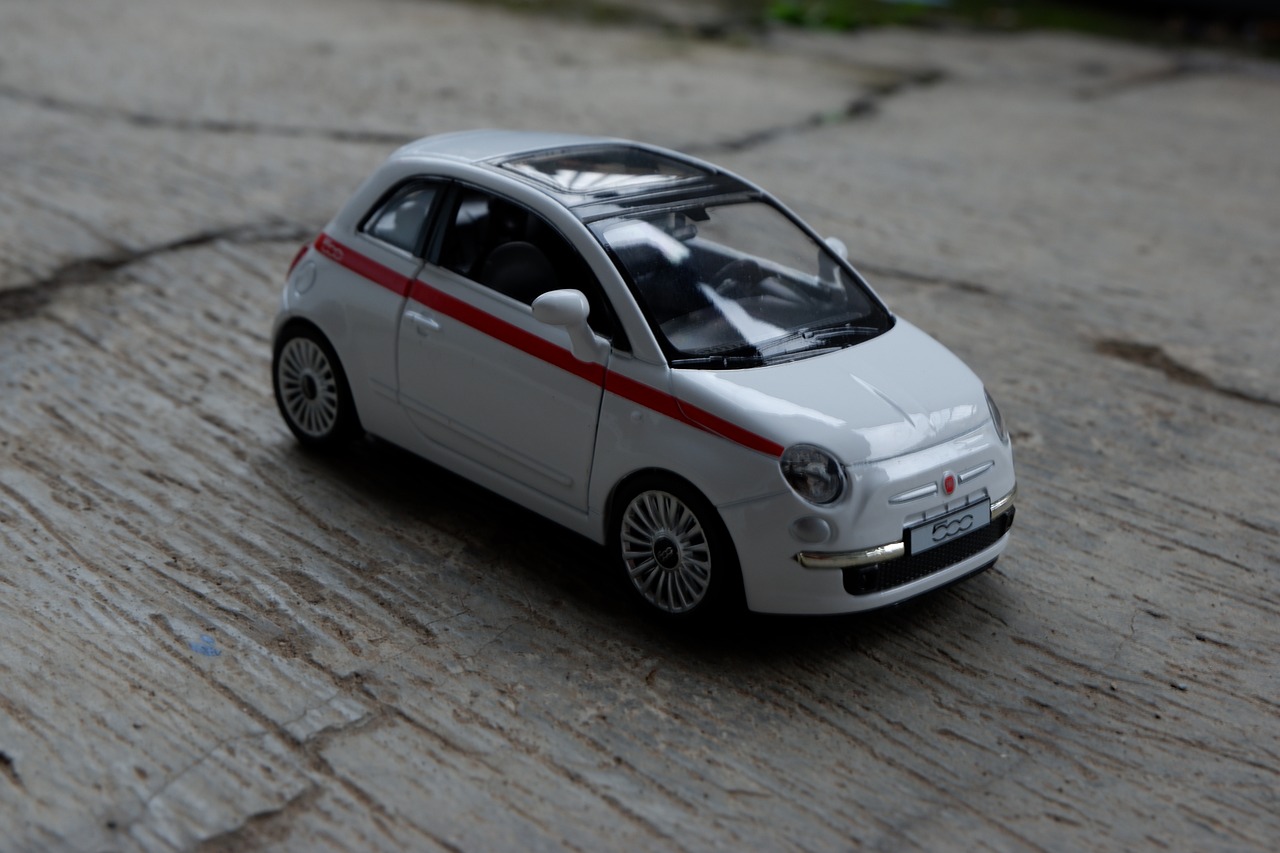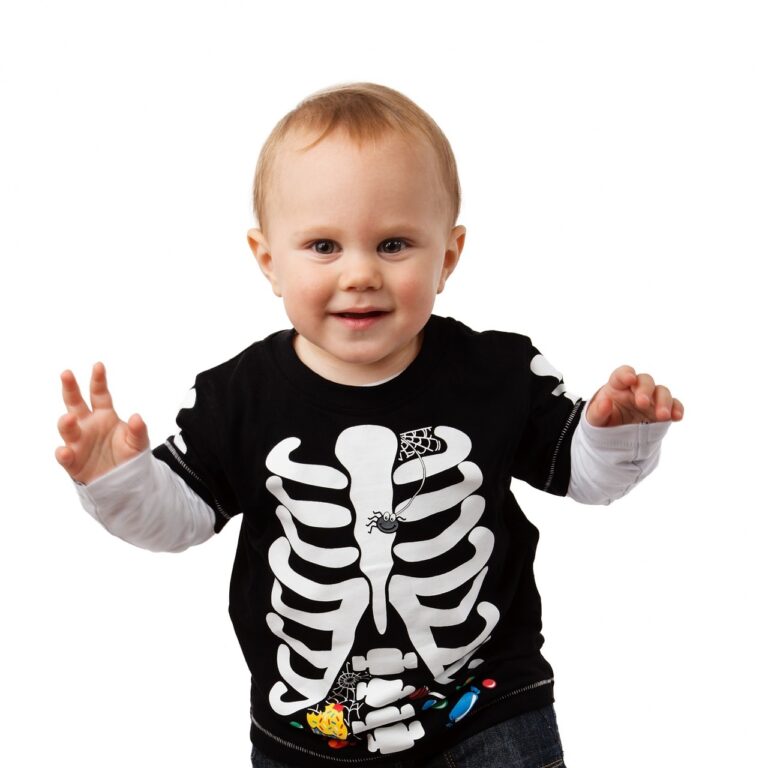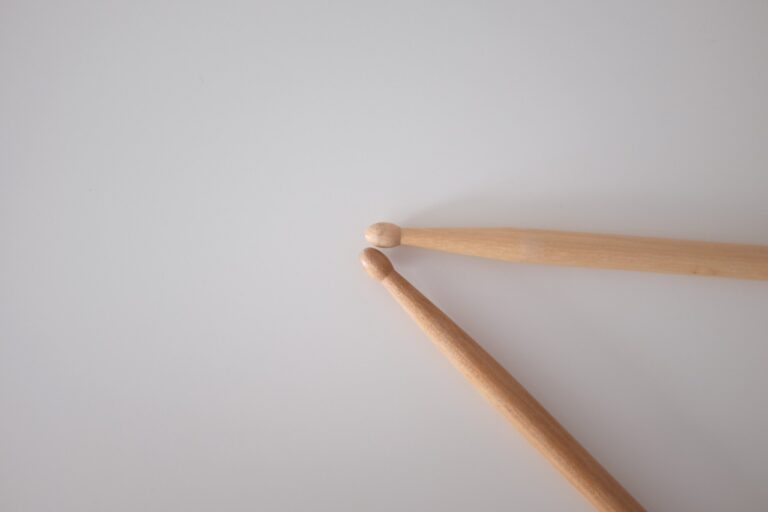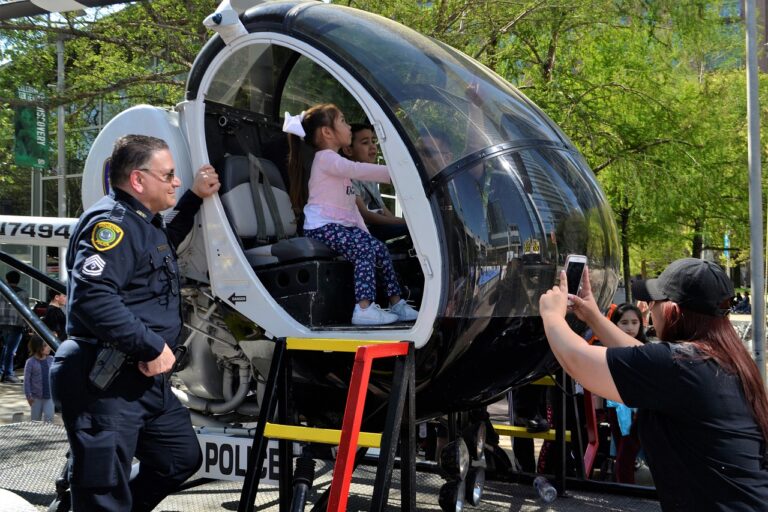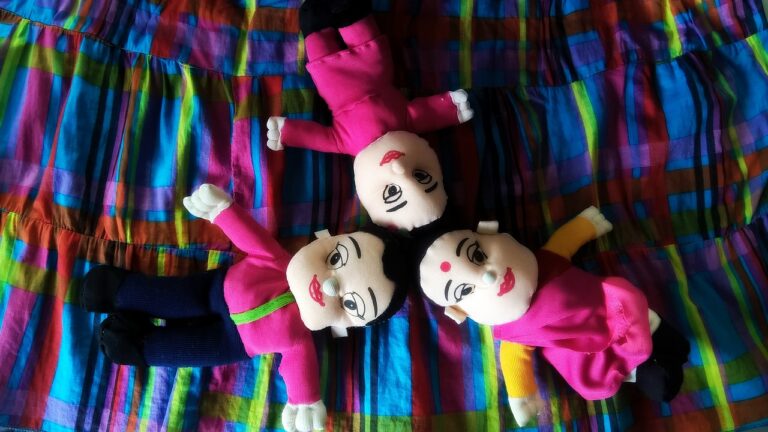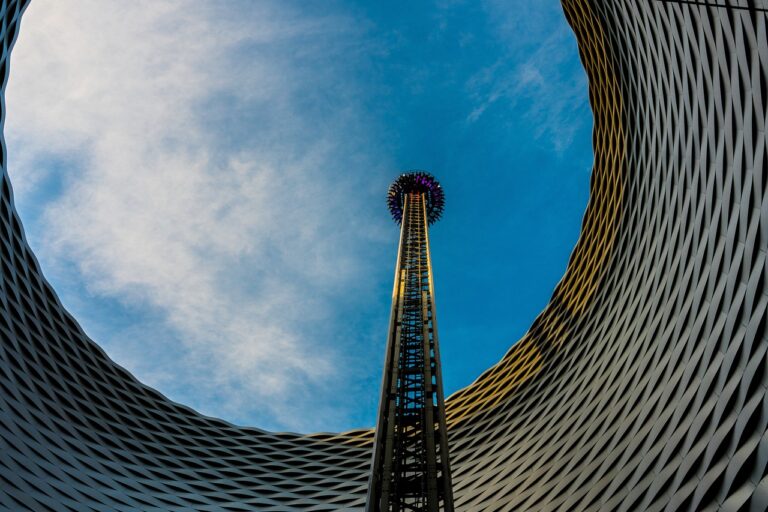The Influence of Architecture on Costume Design: Allpaanel mahadev book, Laserbook247, Bat book 247
allpaanel mahadev book, laserbook247, bat book 247: Architecture and costume design are two art forms that may seem worlds apart, but they are deeply interconnected in more ways than one. The influence of architecture on costume design has been evident throughout history, as both disciplines share common elements such as form, structure, and function. Let’s dive deeper into how architecture has shaped and inspired costume design over the years.
Historical Influence
From ancient civilizations to modern-day societies, architecture has played a crucial role in shaping the way we dress. In ancient Greece, the flowing lines and intricate details of the columns and temples influenced the draped garments worn by its people. Similarly, the ornate Gothic cathedrals of the Middle Ages inspired elaborate costumes adorned with intricate embroidery and embellishments.
During the Renaissance period, the grand palaces and gardens of Europe served as a backdrop for lavish courtly costumes, reflecting the opulence of the architectural surroundings. The symmetry and balance of the Baroque and Rococo styles influenced the structured silhouettes and elaborate designs of the fashion of that time.
Modern Influence
In the modern era, architecture continues to influence costume design in profound ways. The clean lines and minimalist aesthetic of modernist architecture have inspired sleek and simple silhouettes in fashion. The bold shapes and futuristic designs of contemporary buildings have translated into avant-garde and experimental costumes seen on runways around the world.
Architectural elements such as geometric shapes, textures, and patterns are often incorporated into costume designs to create visually stunning and innovative pieces. The use of materials such as metal, glass, and concrete in architecture has also found its way into fashion, with designers experimenting with unconventional fabrics and finishes to mimic the look and feel of architectural structures.
Collaboration Between Architects and Fashion Designers
In recent years, there has been a growing trend of collaboration between architects and fashion designers. This interdisciplinary approach has led to groundbreaking creations that blur the lines between architecture and costume design. Architects bring their expertise in form and space, while fashion designers bring their creativity and sense of style, resulting in unique and innovative pieces that push boundaries and challenge conventions.
FAQs
Q: How does architecture influence the color palette of costume design?
A: Architecture often dictates the color palette of costume design through the choice of materials and finishes used in buildings. For example, the warm earth tones of adobe buildings in the Southwest may inspire a designer to use similar hues in their costumes.
Q: Can everyday structures like bridges and skyscrapers influence costume design?
A: Absolutely! The sleek lines and industrial materials used in the construction of bridges and skyscrapers can inspire edgy and futuristic costume designs that reflect the urban landscape.
Q: How can aspiring designers incorporate architectural elements into their costume designs?
A: Aspiring designers can study different architectural styles and elements, such as symmetry, form, and texture, and experiment with incorporating them into their costume designs. They can also collaborate with architects or visit architectural sites for inspiration.
In conclusion, the influence of architecture on costume design is a fascinating and dynamic relationship that continues to evolve and inspire creators in both fields. By drawing inspiration from the shapes, structures, and materials of buildings, fashion designers can create garments that are not just clothing but works of art that reflect the beauty and essence of architectural design.

